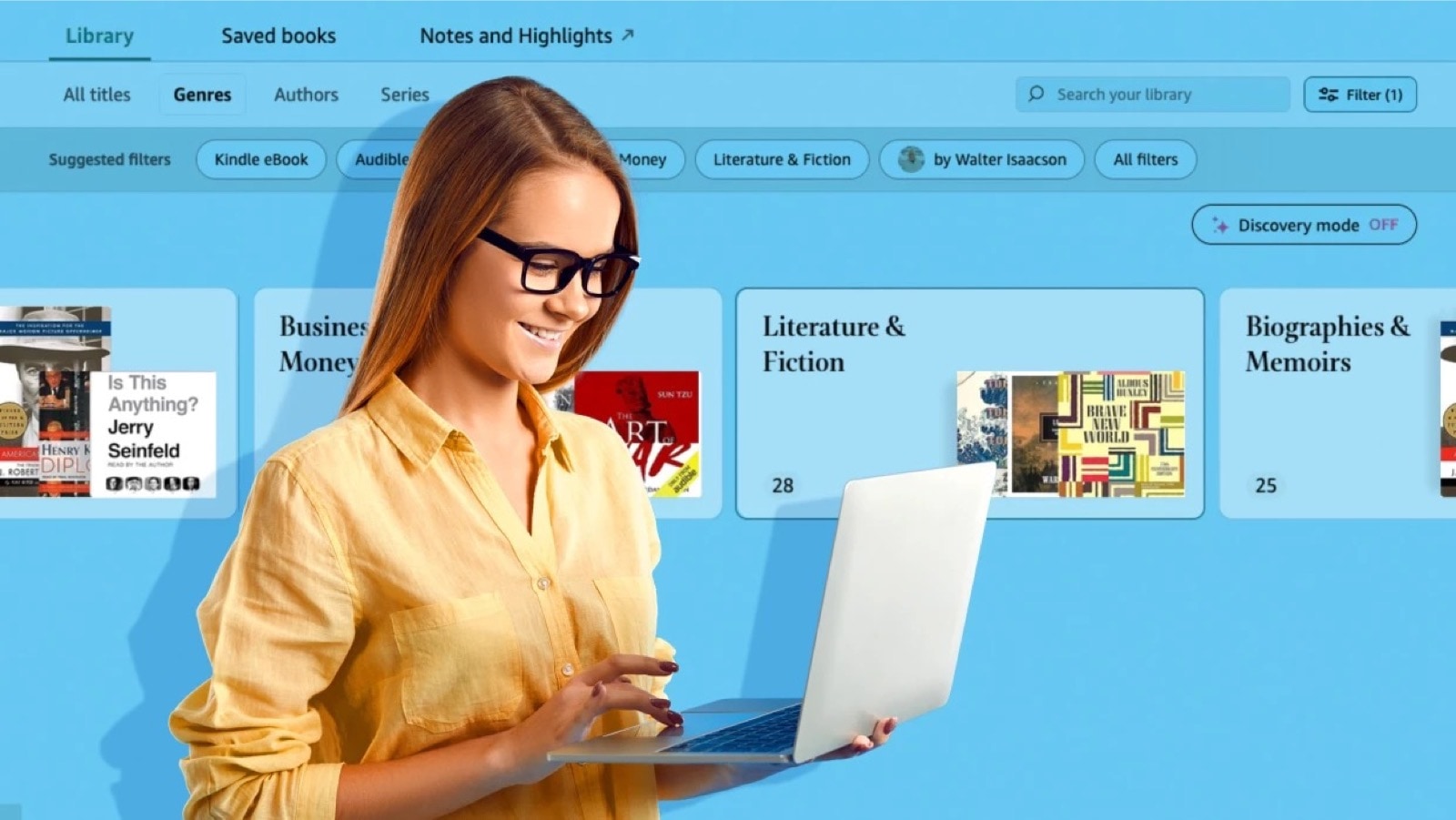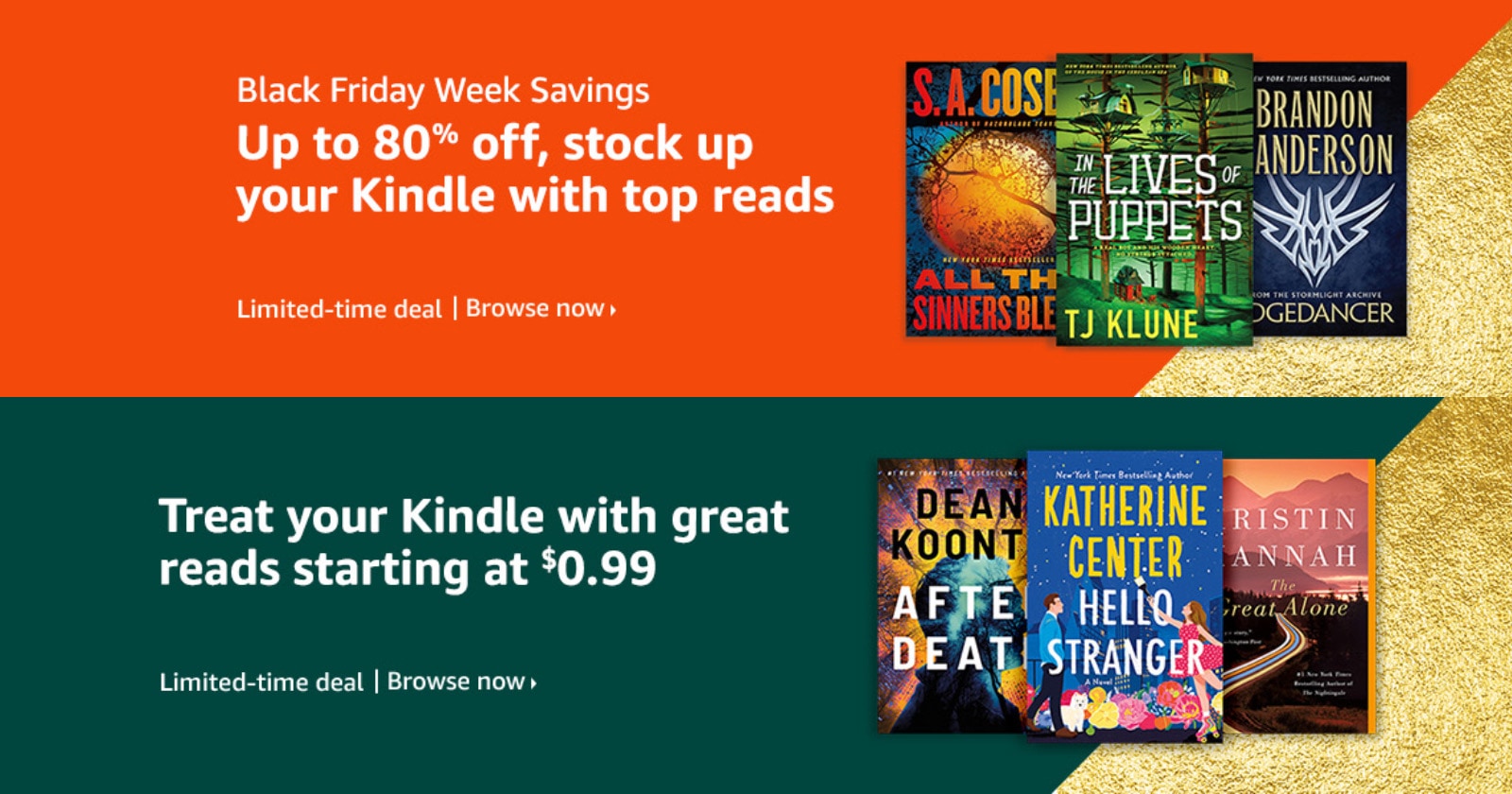Users buy tablets to play games, watch movies, or dive into social media. However, your Samsung Galaxy Tab is also a ready-to-open door to the exciting world of ebooks.
[ef-archive number=2 tag=”lists” ]
Just like you spend some time on learning most important features and apps of the new tablet, you’ll also want to do this to find the reading solution that suits your needs best.
There are two ways to read ebooks on Samsung Galaxy Tab:
- use the default application offered by Samsung,
- pick up a book reading app from Google Play Store.
You can obviously rely on a preloaded solution. However, making some research will let you avoid some limitations and risks, especially having in mind the attitude Samsung had towards book apps in the past.
In this simple guide you’ll learn:
- whether to pick up Samsung reading app or not,
- best book apps from Google Play Store,
- formats for reading ebooks,
- places that offer free ebooks,
- ebook management tips and tricks,
- and more.
If you have any questions about the topics covered in this article, don’t hesitate to ask them in the comment section.
[ef-reco id=”95565″ title=”Read also” info=”Top article”]
1. Default e-reading solution – Kindle for Samsung
Since July 1, 2014, the default application for reading ebooks on all Samsung Galaxy Tab models is Kindle for Samsung.
In this post you’ll learn more about Kindle for Samsung. Below there are just the essentials to let you better judge the possibilities and risks.

To make the most of Kindle for Samsung, you’ll have to sign up not for one, but two services.
1. To use the application at all, you’ll have to sign up for Amazon. The app is powered by the Kindle ebook reading platform.
2. To use extra benefits, specific only to Samsung, you’ll also need to sign up for sign up for Samsung.
These extra benefits are Samsung Book Deals. Each month, four bestselling books enter the deal section, and when you use Kindle for Samsung, you’ll be eligible to download one of these books.
Sounds cool enough? Wait. It’s not the end of the story. Relying too much on Samsung in the area of book reading at some point my get really disappointing.
Before Kindle for Samsung, the default ebook reading solution for Samsung Galaxy Tabs was Reader’s Hub.
Reader’s Hub had two major stages:
- first generation – powered by Kobo ebookstore,
- second generation – powered by Samsung.
As you see, Samsung is still looking for the best solution, and, unfortunately, this is happening at the expense of the users.
The company hasn’t offered any way to migrate books from Reader’s Hub 2.0 to Kindle for Samsung.
In other words, users had to do it themselves, by copying the files from the tablet, using Android file manager app. Then they had to convert these files from epub format to mobi format, if they wanted to open them in Kindle for Samsung.
What’s more, files, at least at the stage powered by Kobo, were protected with Adobe DRM. Users had to remove DRM from ebooks they owned, to be able to continue reading in a new default application.
If you hadn’t done it before July 1, 2014, your files were lost. It’s not a surprise that many users, especially those who picked Reader’s Hub, got extremely disappointed.
2. Backup – Kindle for Android
The good thing about Kindle for Samsung is that, in fact, you are not relying on Samsung, but on Amazon.
Even if you stop using the Samsung app, you can still access Kindle books on your Samsung Galaxy Tab. You can do it via Kindle app for Android, available for free from Google Play Store.
I called Kindle for Android a “backup”, but if you can live with Samsung Book Deals, the native Kindle app is far more advanced than Samsung.
The rule here is simple. If there is a new feature, and Amazon adds new things regularly, it will appear first of all in the native app.
Among many features, Kindle for Android supports Whispersync for Voice. Users can switch from reading a book to listening a corresponding audiobooks from Audible in just one tap.
What are the other benefits of Kindle ebook ecosystem? Here are just the few:
Every day a set of ebooks gets a huge price drop. Usually the books cost from $1.99 to $2.99. Category deals include science-fiction, romance, teen, and children books.
However, do not expect biggest bestsellers. I could compare the attractiveness of Kindle Daily Deal to Samsung Deals.
This is an ongoing deal section of Amazon’s Kindle Store. You can find here several hundreds of discounted books, grouped by genres and/or authors.
3. Monthly Kindle Book Deals for $3.99 or Less
Every month, Amazon editors reveal a set of 100-500 books, and attract customers with lower price tags. The catalog of discounted books changes every month. Sets of ebook-audiobook are also included.
One of the most important benefits of using Kindle ebook ecosystem is the growing number of Kindle exclusive publications. That means they are not available in any other ebookstore.
The catalog of Kindle Ebook Exclusives is reaching 1 million. A good solution for readers, who like to explore books in specific categories.
For more reference, read facts and tips about Kindle Ebook Exclusives.
If you are an avid book reader, you’ll sooner or later consider signing up for ebook subscription service.
Kindle Unlimited, for $9.99 a month, is worth giving a try. It offers almost 900,000 books, most of them exclusive to Kindle Store. You can read them on your Kindle for Android app, but there is one limitation – you have to be a US resident.
The analysis of Kindle Unlimited ebook subscription will provide you with more information about the service.
3. Alternative book reading apps
Comparing Kindle for Samsung and Kindle for Android is a first step to adjust the e-reading experience for your personal needs.
I’ve tested many ebook reading apps on both Android and iOS, and one thing to note is, that in the end you will be using one app – the one suits you most – no matter how many of them you have on your Samsung Galaxy Tab.
Testing ebook reading apps is a big fun, but it also will give you a chance to recognize your own preferences.

Why personal preferences are most important? One app may have a better user interface, the other one may be more stable. You may realize that there is nothing more important than accessing ebooks from the cloud. Or you may decide you want to be independent from ebook platforms like Kindle, Kobo, or Google Play Books.
Once you start the process, you can discover in the Google Play Store a plenty of great book reading applications. You can browse them in Book & Reference category.
There are two groups of Android book reading apps:
- the ones connected with specific ebookstores: Kindle, Kobo, Oyster, Scribd, Nook, to name a few,
- independent apps: you can download ebooks from different sources, but there is one condition – the books have to be DRM-free or compatible with Adobe DRM.
Most popular independent apps are:

No matter which book app you use, you can add your own titles to it. There are several ways to do it, usually using:
- file manager,
- the browser,
- by sending a mail to yourself and opening it on a tablet,
- Dropbox app, or any other app giving access to your cloud storage account.
4. Formats of ebook files
Most of book reading applications support modern ebook format called “epub” (Kobo, Google Play Books, Aldiko, FBReader).
The only exception is Kindle, which comes with a separate format, called mobi – and can’t read epub. This is why moving from Reader’s Hub to Kindle for Samsung was so painful. It had to include two steps: backing up the books, and converting them from one format to another.
If you want to have a freedom to read both epub and mobi ebooks, you should go for Moon+ Reader.

File protection, called DRM (Digital Rights Management) is another thing to keep in mind. Most ebookstores use DRM, and that means the book purchased in one ecosystem can’t be easily read in the other one.
Luckily, Kobo and Nook ebookstores use the same DRM system, that requires to sign up for Adobe ID. Once you do it, and once you authorize your Samsung Galaxy Tab with the ID you got, you should be able to cross-read books from both ebookstores.
You can also collect all your epub books, including the ones from Adobe DRM-supported stores in a variety of other apps, naming only Aldiko, Mantano, or txtr.
Obviously, you can add pdf files to the e-reading app of your choice. While it’s fine on a big screen of 10.1 Galaxy Tab, you may find it hard to read pdf files on the 7-inch Galaxy Tab 3 (especially that is has a lower resolution than, for instance Galaxy Tab 4 7).
That’s why it’s good to make a decision to start collecting books in one of the modern formats, like epub or mobi, that let adjust font size and reflow text for maximum reading convenience.
4. Free ebooks for Samsung Galaxy Tab
When you download any book application from Google Play Store, it will most probably come with a few free books you can read right away.
Kobo, Kindle or Nook apps will force you to shop in their respective ebookstores. However, you can still add your own ebooks to any of these apps.
One thing to remember is the right format:
- for Kindle – download files in mobi,
- for Kobo, Nook, Google Play Books, and majority of other book apps – download files in epub.
There are two ways to find ebooks for your Samsung Galaxy Tab.
1. Download from sites that offer free ebooks
There is a growing number of sites that offer nothing more than ebooks that are free to download, and available in many ebook formats, including mobi and epub.

We have the detailed overview of the sites that offer free ebooks, so below there are just links to the recommended ones:
2. Search for free ebooks on Google web search
If you think that visiting one specific site can be limiting, you can always use Google web search.
All you have to do it to use special search operators, that will limit search results only to pages that are downloadable files in a specified format.
For instance, if you are looking for Sherlock Holmes for your Kindle app, use this search phrase:
Sherlock Holmes filetype:mobi
Using “mobi” instead of “filetype:mobi” is also accurate and can extend the list of relevant sites.
Another example. If you want to find Moby Dick for your Kobo applications, search for:
Moby Dick epub
5. Ebook management on Samsung Galaxy Tab
A tablet is more flexible than dedicated e-reader. On your Samsung Galaxy Tab you can buy and download books to different applications, and ebook platforms associated with them.
There is one case where you can find versatility of the tablet very helpful. It’s possible to use for instance Kindle, Nook, and Aldiko apps at the same time on one device.
The benefit of having hundreds of books at hand will sooner or later make you think of the best way to manage collected books.
There are two major ways to store the ebooks.
1. In the cloud
An app that requires registration usually offers a backup of your entire ebook library.
Your books are stored on the ebookstore’s server, and can be accessed any time, not only from the app on your Galaxy Tab, but also from a computer, or even a website.
Storing ebooks in the cloud brings one of the most useful benefits of ebooks: synchronization of your reading. You can end reading a book on your smartphone in a subway, and open it on a tablet in the evening – exactly on the same page.
What’s more, you can get synced not only the furthest read location, but also bookmarks, notes, and highlights.
Kindle, Nook, Kobo, or Google Play Books store your ebooks in the cloud.
Some apps limit full sync only to books purchased in their own ebookstores. That’s the case of Nook or Kobo. On the contrary, Kindle can also sync the side-loaded books.
2. On the device
Some users prefer to have a bigger control over an ebook collection, and want to physically store the files on the device they own.
In this case, picking up one of the independent book reading apps should solve the problem. There is one major disadvantage – you won’t get access to your ebooks if you can’t access your Galaxy Tab, and you’ll have to make a backup of all the files before buying the next
However, if you decide to go with Moon+ Reader app, mentioned above, you can sync ebooks via your Dropbox account.

• • •
Each of the topics could be explained in more detail, but I wanted to keep this post short and simple, and not to overwhelm you with too much information.
To recap: try Kindle for Samsung. Compare it to Kindle for Android. Explore alternatives. Make a decision.
• • •
Subscribe by RSS or email to get more articles like this. Let’s also connect on Facebook and Twitter.
Recent lists to explore:
[ef-archive number=5 tag=”lists”]












